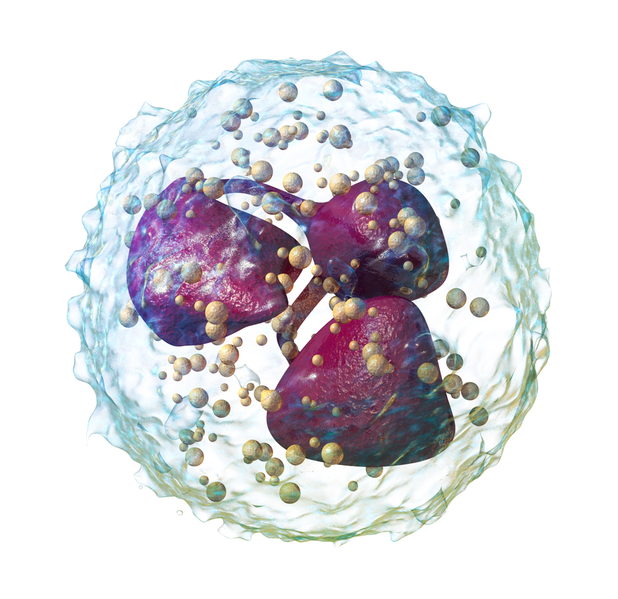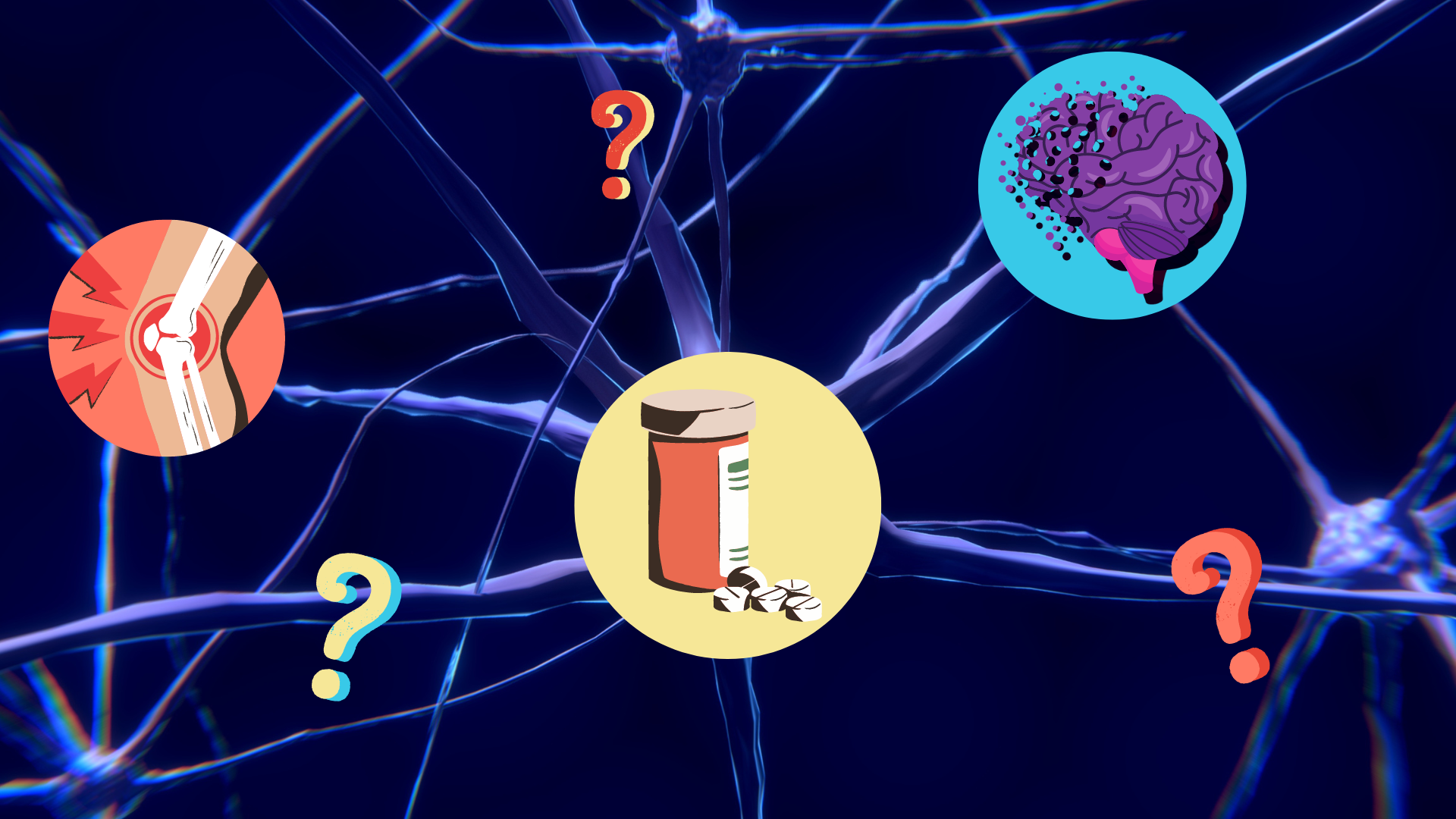That’s what we hope to find out! Finally, we have a new dataset for you and it's not just any dataset... PSGL-1 is our first dataset in Stall Catchers looking at the effects of a FDA approved drug in the treatment of Alzheimer's.
So, in the words of one of our Super Catchers and community mentors, Caprarom “[Insert your name here], time to get back to work!”
One of the questions that keeps us up at night at HCI is "at a molecular level, what causes the formation of stalls in the brain in Alzheimer's disease?"🤔
This question motivates us because it could help us identify promising treatment targets… Just like this one!! By analyzing this new PSGL-1 dataset, you'll be helping to test a potential treatment using an FDA-approved drug analog (Sidenote: a “drug analog” is a substance that is chemically very similar to an already existing drug on the market).
This drug affects neutrophil’s (which are a very common type of white blood cell known as the first line of defense against infection) ability to stick in capillaries. This is important because when capillaries stick together, it can produce stalls.You can learn more about the connection between capillary stalling in the brain and Alzheimer's disease, by reading this blog post.
Why are we testing this particular drug?🤔
A couple of years ago, the Schaffer-Nishimura Laboratory made a key discovery: When the mice with Alzheimer’s disease were given a particular kind of antibody, the researchers saw reduced capillary stalling and that the brain blood flow in the mice returned to normal. This finding introduced the possibility that the amyloid plaques typically found in Alzheimer’s patients directly affects brain inflammation.
This inflammation could be a cause of the capillaries becoming clogged, and in fact, the clogging itself could be causing more of the toxic amyloid to form. Understanding the causes and effects that lead to capillary stalling might help us find a way to prevent stalls forming in the first place. This could reduce cognitive symptoms and potentially slow the progression of Alzheimer’s disease.
The SN Lab also observed that by administering antibodies against a particular neutrophil marker they reduced the number of stalled capillaries, leading to an immediate increase in cerebral blood flow, which rapidly improved mouse performance in spatial and working memory tasks.

Does this mean that the antibodies treatment attacked the mice’s neutrophils (white blood cells), leaving their immune system compromised?
Sadly yes. The problem was that the antibodies destroyed all neutrophils, not just the ones causing the stalls, which eroded the entire immune system. A lack of neutrophils would put any animal, including humans, at risk. Still, the fact that we can decrease the amount of stalls is very exciting, so we are still looking for a safe drug that will have the same benefit of releasing stalls.
And back to the present, what are we doing now with PSGL-1?
As Daniel Rivera from the SN team explained to us, “this was the premise for the current study we are working on: we want to see what other markers are involved in the adhesion/sticking in capillaries without depleting them right away”.
In this new study they are targeting a neutrophil marker that is found in both mice and humans. That means that if it works in mice, it could be tested in humans for treating Alzheimer's symptoms.
And for that, “they are using a compound which is basically the same as an existing FDA approved arthritis drug. So if it works, it’s already been approved for human use in another disease", Pietro Michelucci, director of the HCI, excitedly reminds us.
And this is where our Catchers make a huge difference! By playing Stall Catchers, you will be looking at the brains of these mice, and based on your annotations, the SN Lab will be able to analyze whether this therapy is effective.
So there we go - have fun with the new dataset in Stall Catchers, and hopefully we'll crack this nut soon! 😃
P.s. Do you have any questions for the researchers of this dataset? DM us or contact us: info@stallcatchers.com

